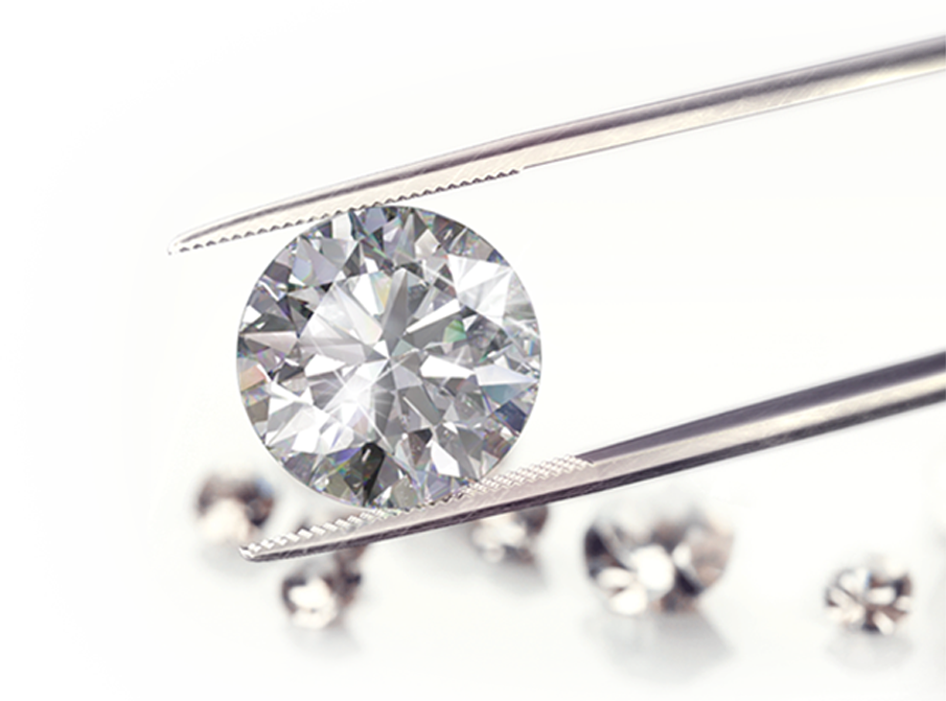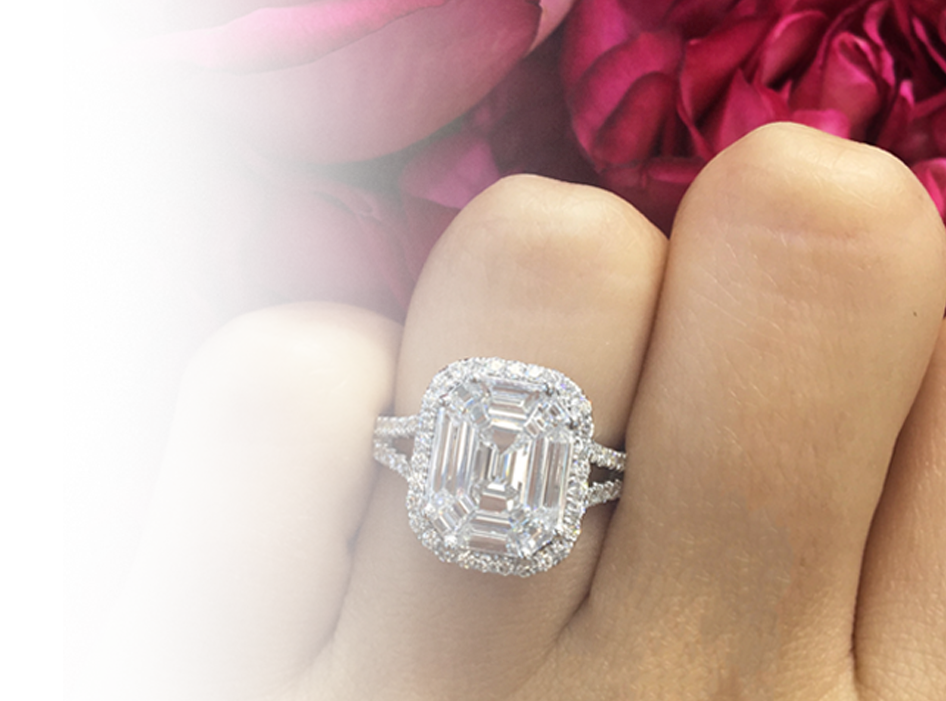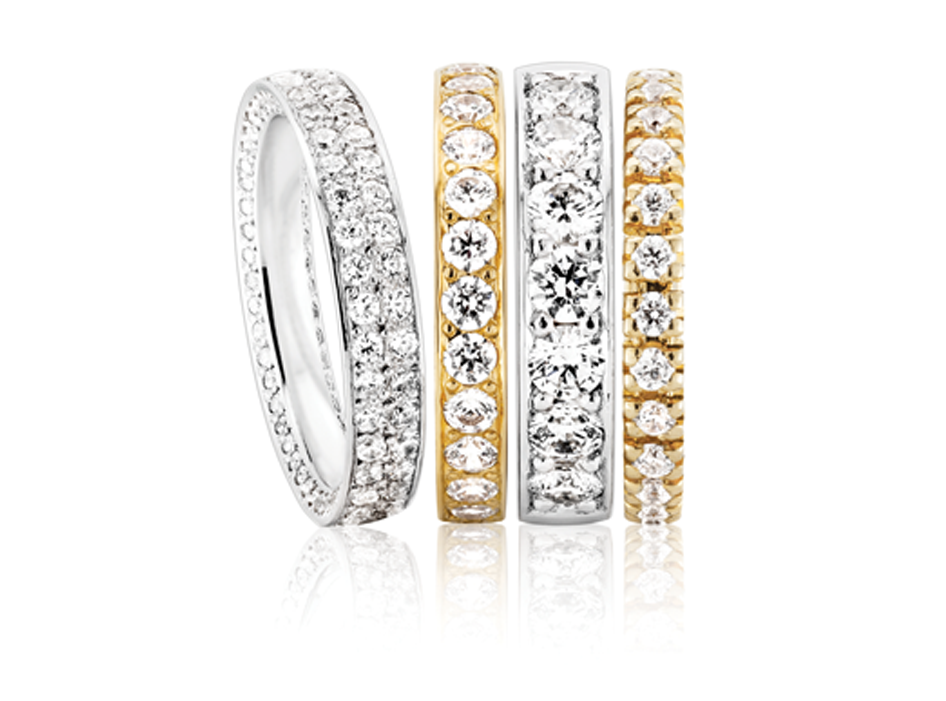Oval Buying Guide
Oval diamonds are a popular diamond shape that are elongated with gently rounded edges, resembling an oval or egg shape when viewed from above. The oval cut is a modified brilliant cut, meaning that it has a similar faceting pattern to the round brilliant cut, but with an elongated shape.




Cut
One common characteristic of oval diamonds is the presence of a "bowtie" effect, which is a dark area that appears in the centre of the diamond when viewed from certain angles. This effect is caused by light leakage due to poor cut quality, and can vary in intensity depending on the individual diamond.
The Aim is to achieve an Oval diamond with minimal bow tie.
Unfortunately the certificate doesn't grade Oval diamonds with a cut, even then, if the certificate was amazing on paper with the correct measurements, a bowtie could still be present. Therefore, its up to the discretion of the jeweller to find a stone that is perfect. To put things into perspective. When Anny’s is in search of an oval for a client, call it a DE VS2, we would have to go through 50-100 stones to filter out the bad from the good. Only 5 would be worthy to showcase to a client. See below Good example and bad.
Good Examples



Bad Examples



Colour
The characteristics of an oval tend to showcase colour more prominently than a like for like round diamond. It's for this reason we hope to stick in the colourless D-E-F Range.

Ratio
The length to width ratio is a measure of how elongated or round an oval diamond appears. It is determined by dividing the length of the diamond by its width. A higher ratio indicates a more elongated shape, while a lower ratio indicates a more round shape.
The ideal ratio for an oval in our opinion, is between 1.4 to 1.47.
Closer to 1.3 is shorter and fatter. Above 1.5 is longer and skinnier. You can have 3 diamonds all 2ct, but can have very different shapes for all three. Please bear in mind, the optimal ratio can vary depending on personal preferences.

Clarity
Given an Oval cut diamond has a fairly large open surface area. It's easier to spot imperfections than say a round diamond. For this reason it's best to find ovals with imperfections away from the centre/table.
Difficulty in Repeatability
Ovals like many other fancy shapes are tricky. It's tricky for retailers, customers and even the ones who manufacture them. Below is an array of 1ct ovals, cut by the same factory, all to the same spec. But as you can see only 3 came out looking sharp with a blended in bowtie. The rest, not so much. To put it simply, you need a large sample size and cherry-pick the absolute best. That principle applies to all fancy shapes. Some jewellers don't bother because it takes too long, and it does. One search takes an hour easily. But we only sell what we’re proud of and nothing less.





































